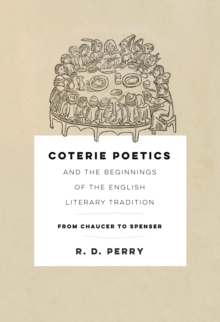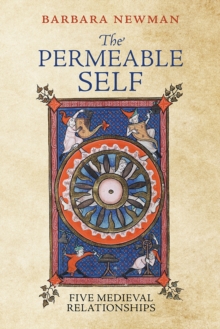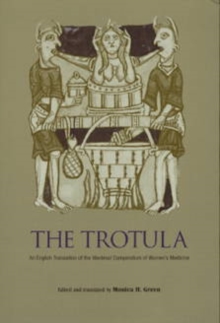
Dino Compagni's Chronicle of Florence PDF
Edited by Daniel E. Bornstein
Part of the The Middle Ages Series series
Description
Dino Campagni's classic chronicle gives a detailed account of a crucial period in the history of Florence, beginning about 1280 and ending in the first decade of the fourteenth century.
During that time Florence was one of the largest cities in Europe and a center of commerce and culture.
Its gold florin was the standard international currency; Giotto was revolutionizing the art of painting; Dante Alighieri and Guido Cavalcanti were transforming the vernacular love lyric.
The era was marked as well by political turmoil and factional strife.
The inexorable escalation of violence, as insult and reprisal led to arson and murder, provides the bitter content of Compagni's story. Dino Compagni was perfectly placed to observe the political turmoil.
A successful merchant, a prominent member of the silk guild, an active member of the government.
Gompagni—like Dante—sided with the Whites and, after their defeat in 1301, was barred from public office.
He lived the rest of his life as an exile in his own city, mulling over the events that had led to the defeat of his party. This chronicle, the fruit of his observation and reflection, studies the damage wrought by uncontrolled factional strife, the causes of conflict, the connections between events, and the motives of the participants.
Compagni judges passionately and harshly. Daniel Bornstein supplements his lucid translation with and extensive historical introduction and explanatory notes.
Information
-
Download - Immediately Available
- Format:PDF
- Pages:144 pages, 3 illus.
- Publisher:University of Pennsylvania Press
- Publication Date:27/02/2015
- Category:
- ISBN:9780812292091
Information
-
Download - Immediately Available
- Format:PDF
- Pages:144 pages, 3 illus.
- Publisher:University of Pennsylvania Press
- Publication Date:27/02/2015
- Category:
- ISBN:9780812292091










